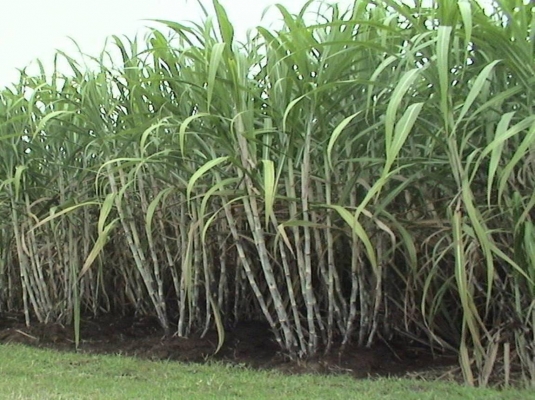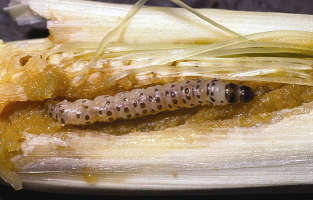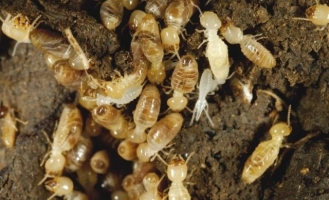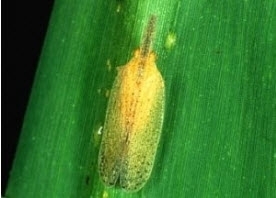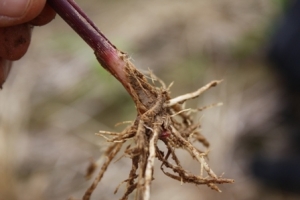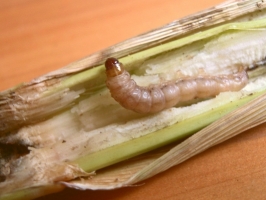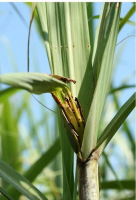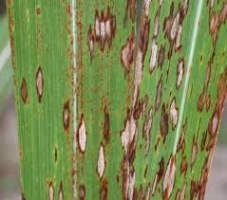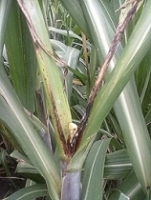Time of sowing
In Punjab, planting season of sugarcane is from September to October and February to March. Sugarcane takes generally one year to mature therefore called as Eksali.
Spacing
Row spacing is ranges from 60-120 cm for sub-tropical regions.
Sowing Depth
Sow the sugarcane at depth of 3-4 cm and cover it with soil.
Method of sowing
A) For sowing use improved method of planting like deep furrow, trench method, paired row method or ring pit method.
1) Dry planting in ridges and furrow: With the help of tractor drawn ridger, make ridges and furrows at distance of 90 cm. Plant sugarcane setts then cover it with soil. After then give light irrigation.
2) Paired row planting: Make Trenches at 150 cm distance using trenches opener. Plant sugarcane in paired row using 30:30-90-30:30cm spacing. It gives higher yield as compared to ridges and furrow.
3) Ring Pit method: Circular pits of 60 cm diameters are dug at depth of 30 cm with a tractor mounted digger. 60 cm gap is provided between adjacent pits. 2-3 ratoons can be taken. 25-50% higher yield can be obtained compared to ridge and furrow.
B) Single budded set planting: Select healthy setts for plantation. Make furrows at distance of 75-90 cm. Place single budded setts. If only small size setts from top portion of cane are selected then they are planted at distance of 6"-9". Place eye of sett on upward direction to ensure proper and quick germination. Cover setts with soil and apply light irrigation.

